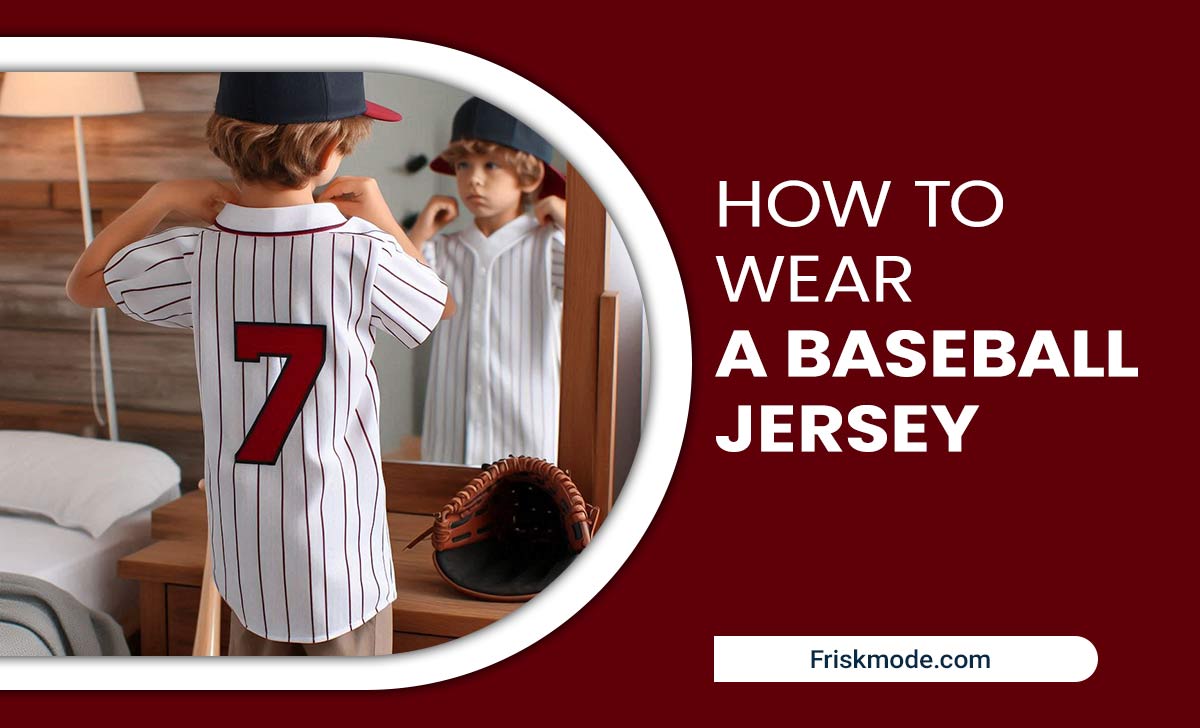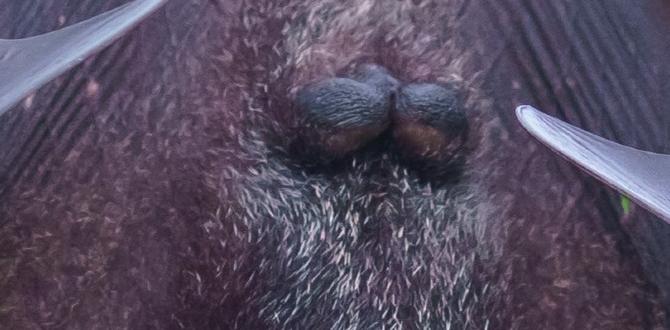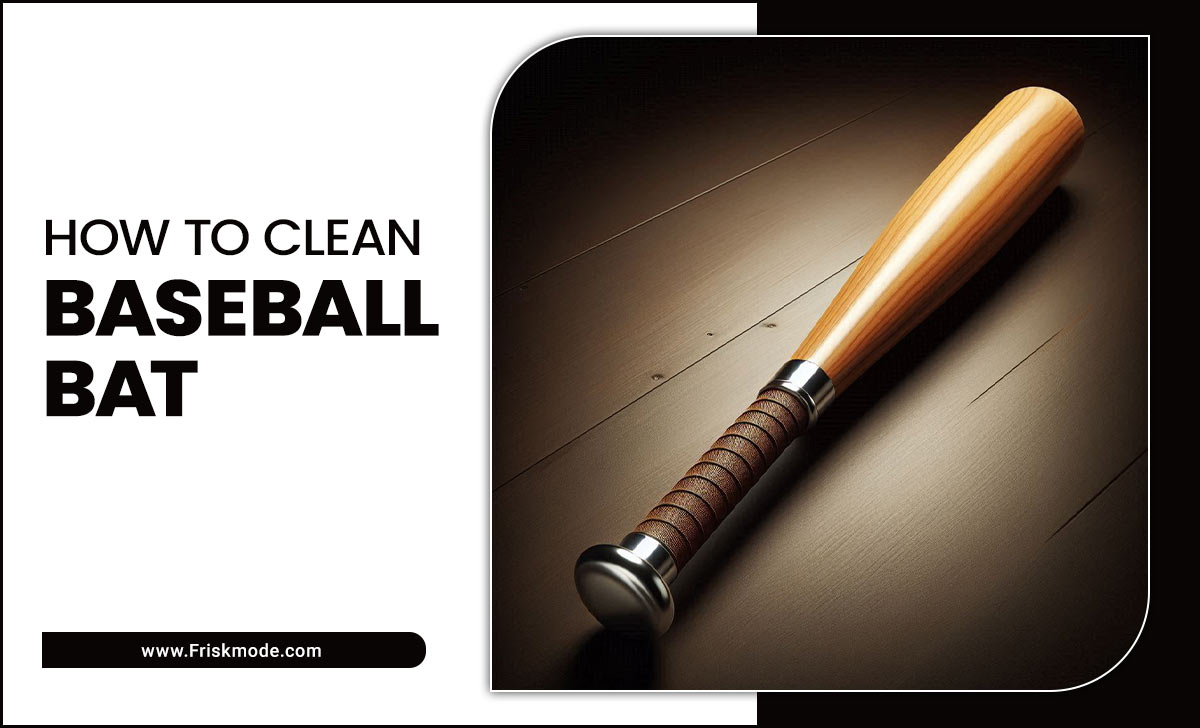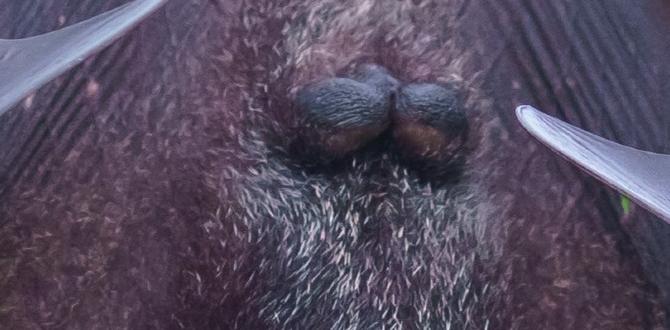Have you ever snuggled up under a cozy quilt? It feels warm and comforting, doesn’t it? One secret behind that special feeling is the batting inside the quilt. Batting is the fluffy material that gives quilts their softness and warmth. But did you know there are different types of batting for quilts? Each type can change how the quilt looks and feels!
Imagine making a quilt that you want to feel heavy and warm, like a big hug. Or maybe you prefer a light and airy quilt for those hot summer nights. Understanding the types of batting for quilts can help you choose the right one for your project.
In this article, we will explore the various types of batting, from cotton to polyester. Each type has its own special qualities. By the end, you’ll know just what to pick for your next quilt. So, let’s dive in and discover the perfect batting for your cozy creation!
Types Of Batting For Quilts: Choosing The Right Material
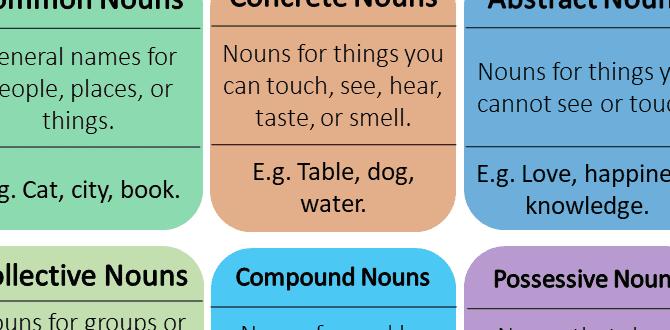
Types of Batting for Quilts
Choosing the right batting transforms a quilt’s look and feel. There are three common types: cotton, polyester, and wool. Cotton batting gives a soft and natural feel, while polyester provides durability and warmth. Wool batting is lightweight yet insulates well. Consider your needs—what’s more important to you, warmth or ease of care? Whether you’re a beginner or an expert, understanding these options makes a big difference in your quilting journey.Cotton Batting
Benefits of using cotton batting for warmth and breathability. Ideal projects and quilting techniques for cotton batting.Cotton batting is a favorite among quilters because it offers great warmth and breathability. It keeps you cozy without turning you into a sweaty mess. Perfect for homemade blankets and bedcovers, this batting works best with techniques like free-motion quilting and patchwork. So, if you’re making something snuggly, cotton batting is your best buddy. It’s soft, durable, and won’t break the bank. Remember, a quilt made with cotton batting is like a warm hug on a chilly day!
| Benefits | Ideal Projects |
|---|---|
| Warmth, Breathability | Bedcovers, Throws |
| Eco-friendly | Baby Quilts, Wall Hangings |
| Easy to Work With | Patchwork, Free-motion Quilting |
Polyester Batting
Advantages of polyester for loft and durability. Recommended uses and care tips for polyester batting.Polyester batting is a popular choice for quilters. Its loft gives a lovely fluffy look, while its durability means it can stand up to wear and tear. Who wouldn’t want a batting that can survive a pillow fight? It’s perfect for bed quilts, wall hangings, and even in projects for pets! For care, toss it in the washing machine, but keep it cool—nobody likes a hot mess!
| Advantages | Recommended Uses | Care Tips |
|---|---|---|
| Great loft | Bed quilts | Machine wash on gentle |
| Very durable | Wall hangings | Cold water only |
| Lightweight | Pet projects | Tumble dry on low |
Wool Batting
Unique properties of wool for insulation and moisture regulation. Best practices for quilting with wool batting.Wool batting is a true champion in the quilting world. It’s great for keeping you warm in winter and cool in summer. Wool fibers naturally trap heat and regulate moisture, so you won’t wake up soaking wet! When quilting with wool, cut it slightly larger than your fabric for easy handling. Also, always wash wool batting before using it to avoid shrinkage later. Did you know? Wool can absorb up to 30% of its weight in moisture without feeling wet! Who knew batting could be so smart?
| Properties | Benefits |
|---|---|
| Insulation | Keeps you warm |
| Moisture Regulation | Stay dry and comfy |
| Durability | Lasts for years |
Blended Batting
Explanation of different blends (cotton/polyester, etc.) and their benefits. How to choose the right blend for specific quilting projects.Blended batting combines different fibers to create a unique product. For example, cotton/polyester blends are popular. Cotton adds softness, while polyester adds strength. This combination makes quilts warm yet durable. When choosing a blend, consider your project. Do you want softness or strength? Blends are great for various uses, from cozy quilts to durable wall hangings.
What are the best blends for quilts?
Cotton/polyester blends are great for most quilts because they balance softness and durability. Another option is wool/cotton blends for warmth in cold weather. Choose according to your needs!Key considerations for selecting batting:
- Project type
- Weather conditions
- Desired feel
Specialty Batting
Description of specialty options like bamboo and silk batting. Ideal use cases and advantages of using specialty batting.Specialty batting adds a unique touch to quilts. Bamboo and silk are popular options. Bamboo batting is soft, breathable, and eco-friendly. It helps keep you warm in winter while being cool in summer. Perfect for those who can’t choose a favorite season! Silk batting feels luxurious and is super lightweight. It’s great for delicate quilts, making them feel like a cozy hug.
| Type | Benefits | Best Use Case |
|---|---|---|
| Bamboo | Soft, breathable, eco-friendly | Year-round quilts |
| Silk | Lightweight, luxurious feel | Delicate, fancy quilts |
Choosing specialty batting means giving your quilt a special flair. With options like bamboo and silk, comfort and style are in your hands. Try it out and enjoy the cozy fun!
Choosing the Right Batting for Your Quilt
Factors to consider, such as quilt type, desired warmth, and drape. Tips for testing batting before committing to a project.Picking the right batting for your quilt isn’t just a job; it’s an adventure! First, think about the type of quilt you’re making. Will it be a warm snuggle blanket or a lightweight summer throw? Next, consider how cozy you want it to feel. Some batting makes you feel like you’re wrapping up in a fluffy cloud, while others may have a more relaxed drape. Always test the batting before going all in. You can cuddle, squeeze, or even hug samples at your local fabric store!
| Factor | Consideration |
|---|---|
| Quilt Type | Purpose – Decorative or practical? |
| Desired Warmth | Comfort Level – Heavy or light warmth. |
| Drape | Feel – Soft or stiff finish. |
Remember, a quilt should feel like a warm hug, not a sweaty wrestling match!
Caring for Your Quilt Batting
Best practices for washing and maintaining quilts with different batting types. Tips for preserving the longevity of your quilt and its batting.To keep your quilt batting in top shape, washing it properly is key. Each type behaves differently, so follow these tips! For cotton batting, a gentle cycle in cold water is best. If your quilt has polyester batting, it can handle warm water just fine. Machine drying? Set it low to avoid shrinkage. Want your quilt to last? Store it flat, not bunched up like a misfit sweater. Check out the handy table below to remember these details for all batting types!
| Batting Type | Washing Instructions | Drying Tips |
|---|---|---|
| Cotton | Gentle cycle, cold water | Low heat in dryer |
| Polyester | Warm water, gentle cycle | Medium heat is okay |
| Wool | Hand wash or delicate cycle | Air dry preferred |
Conclusion
In summary, there are several types of batting for quilts, like cotton, polyester, and bamboo. Each has its own qualities and benefits. Choose what feels right for your project and needs. Don’t be afraid to experiment! We recommend checking out more resources to learn about the best batting for your quilts. Happy quilting!FAQs
Sure! Here Are Five Related Questions On The Topic Of Types Of Batting For Quilts:There are different types of batting you can use for quilts. Some are made from cotton, which feels soft and warm. Others are made from polyester, which is light and easy to wash. Wool batting keeps you very warm, but it can be a bit heavier. Each type of batting gives your quilt a different feel and look!
I’d be happy to help! Please give me the question you want answered.
What Are The Different Types Of Batting Materials Commonly Used In Quilting, And How Do They Differ In Terms Of Texture And Warmth?There are a few common types of batting materials used in quilting. Cotton batting feels soft and is great for warmth without being too heavy. Polyester batting is lighter and can be fluffier, making quilts feel cozy. Wool batting is warm and light, but it can be a bit more expensive. Each type feels different, so you can choose one that suits your quilt best!
How Do Natural Fibers Like Cotton And Wool Compare To Synthetic Fibers Like Polyester In Terms Of Durability And Maintenance For Quilt Batting?Natural fibers, like cotton and wool, feel soft and cozy. They are durable, but can wear out faster than synthetic fibers like polyester. Cotton and wool need more careful washing and drying. Polyester, on the other hand, is strong and easy to clean. It lasts longer and stays nice even after many washes.
What Factors Should A Quilter Consider When Choosing The Right Batting Weight For Their Specific Quilt Project?When you choose batting for your quilt, think about how warm you want it to be. Lighter batting works well for summer quilts, while heavier batting is good for winter. You should also consider how you plan to use the quilt. If it will be washed often, a sturdier batting is a better choice. Finally, think about the quilt’s style; some batting gives a fluffier look, and others are smoother.
Are There Any Specific Batting Options That Are Recommended For Quilts Intended For Heavy Use, Such As Those Made For Children Or Pets?For quilts that will be used a lot, like for kids or pets, it’s best to choose strong batting. Look for polyester batting because it is tough and holds up well. Cotton batting is also good but might wear out faster. Both types can be washed easily, which is great for messes. Using these options helps your quilt last longer!
How Does The Choice Of Batting Affect The Overall Appearance And Drape Of A Finished Quilt?The batting is the soft layer inside a quilt. If you choose thick batting, your quilt will look fluffy and puffy. Thin batting makes the quilt feel smooth and lighter. This choice affects how the quilt hangs or drapes when you use it. So, pick the batting that fits the look you want for your quilt!

